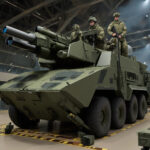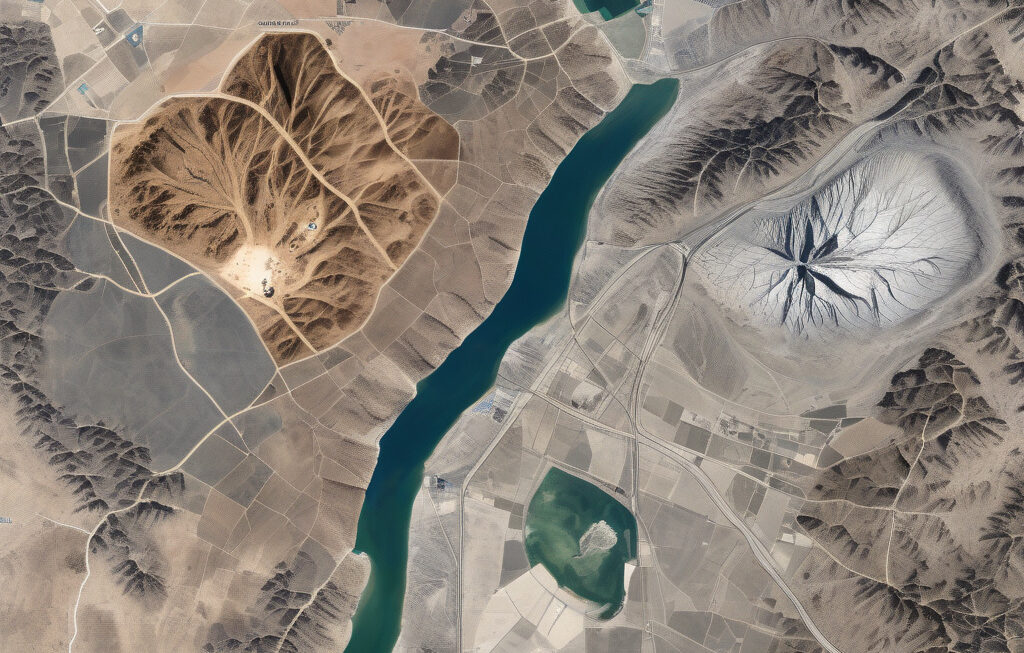AI Cameras Revolutionize Wildfire Detection in Minnesota
Minnesota has taken a significant step towards enhancing its wildfire detection and response capabilities by deploying Pano AI cameras across key locations in the state. This innovative technology not only supports early wildfire detection but also improves first responders’ situational awareness, ultimately leading to more efficient and effective firefighting efforts.
The use of AI cameras in wildfire detection represents a major breakthrough in leveraging technology to mitigate the risks posed by natural disasters. Traditional methods of wildfire detection often rely on manual observation or satellite imagery, which can be time-consuming and may result in delays in identifying and responding to wildfires. By contrast, AI cameras are equipped with advanced algorithms that can quickly analyze vast amounts of visual data in real-time, allowing for the immediate detection of smoke, flames, or other signs of a wildfire.
One of the key advantages of AI cameras is their ability to provide continuous monitoring of high-risk areas, such as forests, grasslands, and remote locations, where wildfires are most likely to occur. This round-the-clock surveillance ensures that any wildfire activity is detected promptly, enabling rapid response efforts to be initiated before the fire has a chance to escalate. Furthermore, the data collected by the AI cameras can be transmitted in real-time to a centralized command center, where it can be analyzed and shared with first responders on the ground, enabling them to make well-informed decisions and coordinate their actions more effectively.
The deployment of Pano AI cameras in Minnesota is a testament to the state’s commitment to leveraging cutting-edge technology to enhance public safety and disaster response capabilities. By investing in AI-powered solutions for wildfire detection, Minnesota is not only improving its ability to protect lives and property but also setting a precedent for other regions to follow suit. As climate change continues to fuel the frequency and intensity of wildfires, the need for advanced detection and response mechanisms has never been more pressing.
In addition to its role in wildfire detection, AI technology also has the potential to revolutionize other aspects of disaster management, such as predicting the spread of wildfires, optimizing evacuation routes, and allocating resources more efficiently. By harnessing the power of AI, emergency responders can gain valuable insights into the behavior of wildfires and make data-driven decisions that save both time and lives.
As we look to the future, it is clear that AI cameras and other innovative technologies will play an increasingly vital role in enhancing our resilience to natural disasters. By embracing these cutting-edge solutions and integrating them into our emergency response strategies, we can better protect our communities and environment from the devastating impact of wildfires.
In conclusion, the deployment of Pano AI cameras in Minnesota marks a significant milestone in the state’s efforts to bolster its wildfire detection and response capabilities. By harnessing the power of AI technology, Minnesota is not only improving its ability to detect wildfires early but also empowering its first responders with the tools they need to combat these disasters effectively. As the threat of wildfires continues to loom large, investing in AI-powered solutions for disaster management is not just a prudent choice but a necessary one to ensure the safety and well-being of our communities.
AI cameras, wildfire detection, Minnesota, first responders, situational awareness












